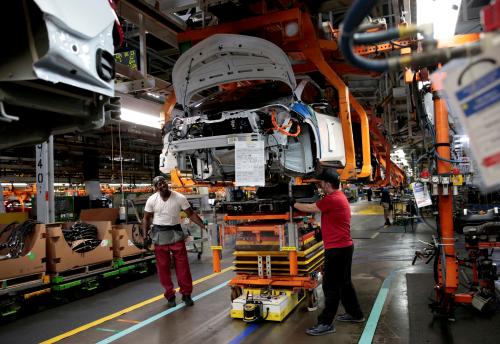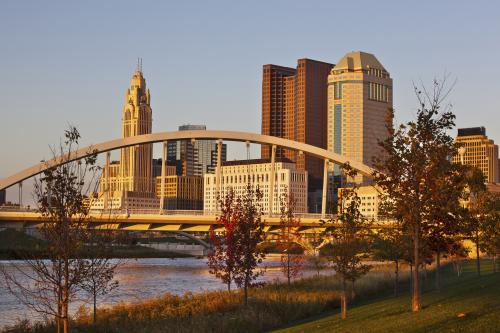In 1964, the Ford Mustang made its debut at the New York World’s Fair, later appearing on the observation deck of the Empire State Building as a publicity stunt.
It represented the pinnacle of American economic might with virtually the entire car and its component parts made within a 50-mile radius of the Detroit Ford plant.
Fifty years later, Ford pulled the same stunt, placing a 2015 Mustang on the 86th floor of the Empire State. Now, however, a typical Ford car has components made in China, Japan, South Korea, as well as other countries with what will become the core of the car crossing the U.S./Canadian border eight times or more.
This multi-national product-building effort is not unique to the auto industry; the aviation industry is experiencing the same trend. Bombardier has an integrated supply chain that starts in Quebec, Canada, and passes through Wichita, Kansas with stops in Querétaro, Mexico.
These examples are part of a larger economic story. The days of large-scale supply chains contained within the same country are a thing of the past.
In 1964 inflation-adjusted two-way trade between the U.S. and Canada totaled $68 billion; today, that number is $632 billion. Similarly U.S.-Mexico trade, adjusted for inflation, equaled $13 billion in 1964; while in 2013, it totaled $506 billion. Globally, U.S. exports of goods and services totaled $2.3 trillion and supported 11.3 million jobs, in 2013.
Some argue that this conversion to multi-country supply chains is bad for the U.S. economy and American jobs. While short-term job losses cannot be denied, adapting to changes in the world’s economy is critical. Failing to do so denies a nation’s citizens the full potential of the future.
Today’s reality is that the global economy has become more integrated and competitive. While this may seem daunting, the United States has shown that it can thrive in this environment. Consider that since GM and Chrysler emerged from bankruptcy in July 2009, the American auto industry has added 190,000 jobs, a 29 percent increase. In addition, Big 3 (Ford, GM, and Chrysler) revenues increased by 56 percent, between 2009 and 2013.
Also, most cars made in America still contain 60 to 75 percent U.S. content, leading to high paying jobs for mechanics and engineers.
Integrated multi-country supply chains have multiplied in the last 20 years and this trend is likely to accelerate. Today, not only does Ford make cars in America—but so do Toyota, Honda, Mercedes-Benz, BMW and Volkswagen. Once thought of as “foreign” manufacturers, they produce vehicles in the United States and export them around the world.
Honda recently reported that its U.S. vehicle exports exceeded its Japanese imports for the first time last year. Out of the 1.3 million vehicles made in the U.S., 108,705 were exported to fifty countries. That’s a lot of Hondas made by American workers, in communities large and small.
Other places need to continue to adapt to this changing economic landscape.
They should start by recognizing the opportunity expanded international markets present. As the engines of the economy and the centers for global trade and investment, cities already provide a critical market function.
Mayors, city managers and city councils must be ready to become international ambassadors for their local products and services and partner with other communities to reach like-minded international communities. Together, they can create bridges across borders that support mutually beneficial economic development.



Commentary
Cross Border Supply Chains: Creating Jobs for America
May 27, 2014